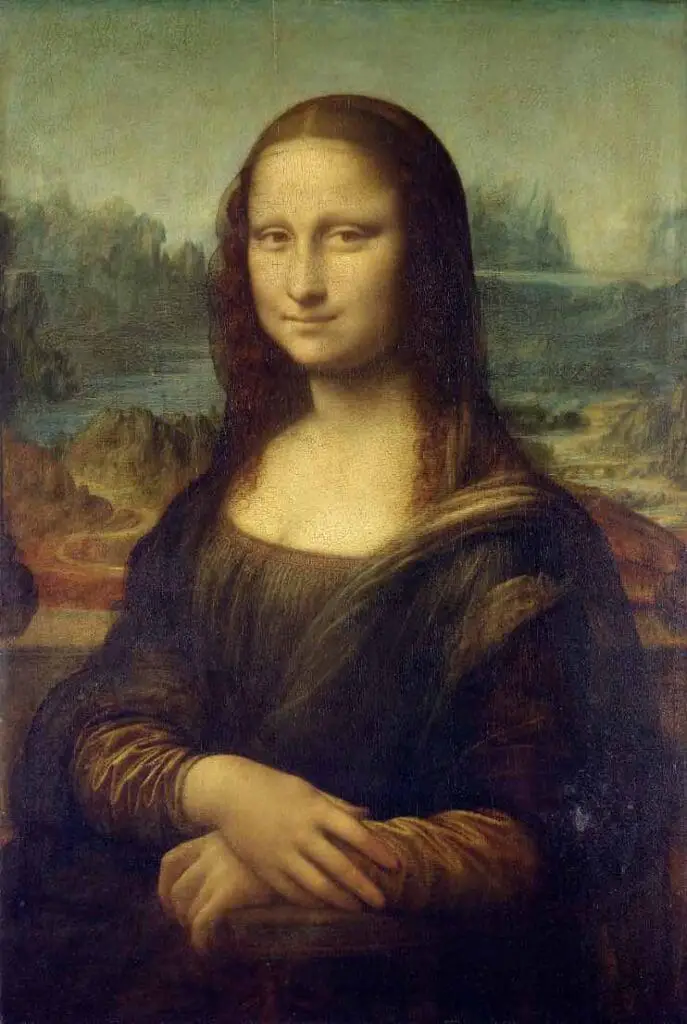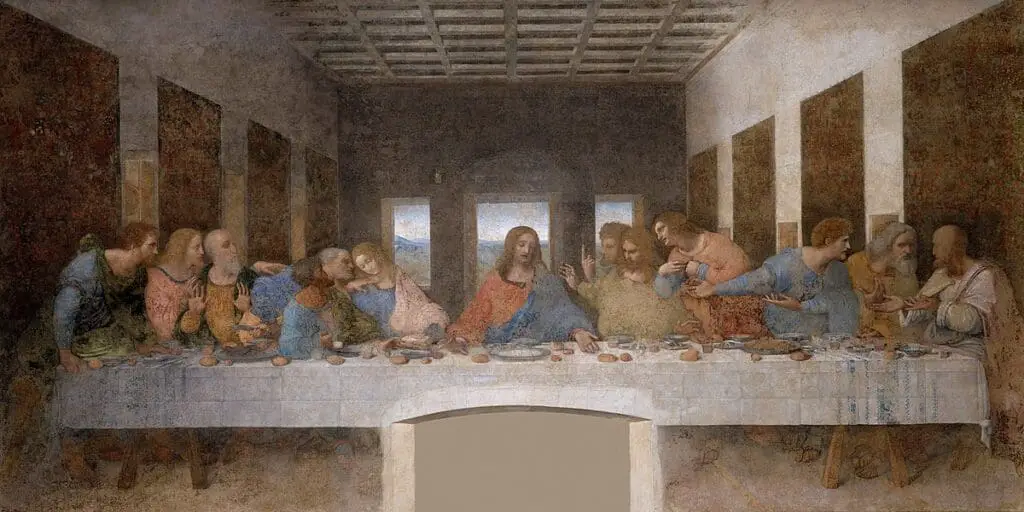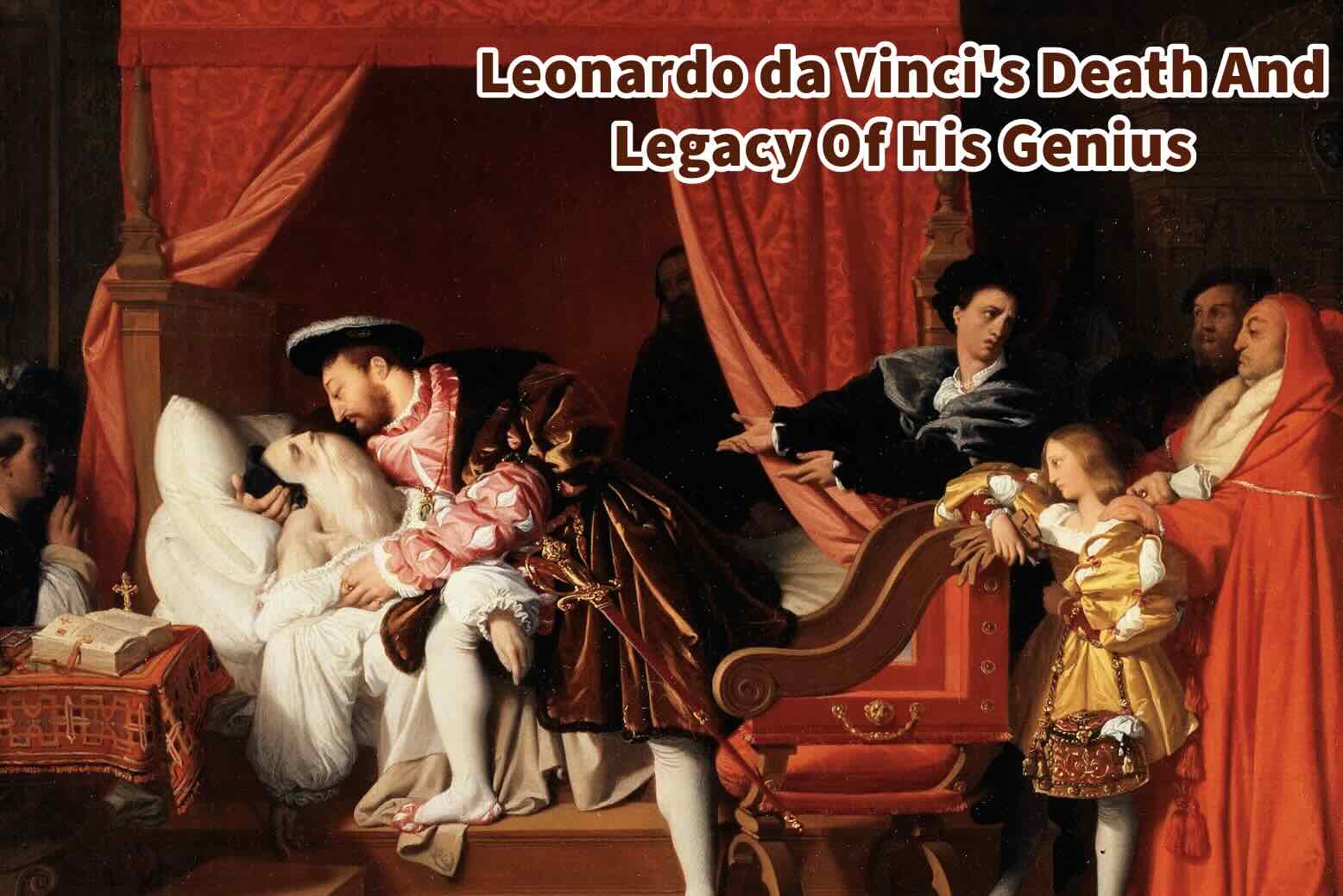Leonardo da Vinci has always held a special place in my heart as an artist, embodying what it truly means to be a genius in art. His impact is so profound that it continues to shape our perception of art today.
As a Renaissance polymath, he stands out as an endlessly intriguing and influential figure in art and science. The circumstances of his death, much like the story of his life, are shrouded in intrigue and speculation, adding another layer of mystique to his already fascinating persona.
Table of Contents
- Leonardo da Vinci: The End Of An Era And The Legacy Of A Genius
- The Death Of Leonardo da Vinci
- Leonardo da Vinci’s Life: A Canvas Of Brilliance
- The Significance Of Leonardo da Vinci
- Related Questions
Leonardo da Vinci: The End Of An Era And The Legacy Of A Genius
Leonardo da Vinci, a polymath of the Italian Renaissance, remains one of the most fascinating and influential figures in the history of art and science. Like his life, his death has been a subject of considerable interest and speculation.

Read on as we delve into the circumstances surrounding Leonardo’s death and reflect on his extraordinary life and enduring legacy.
The Death Of Leonardo da Vinci
Leonardo da Vinci died on May 2, 1519, at 67. He spent his last years in Amboise, France, under the patronage of King Francis I.
The exact cause of his death remains uncertain, but it is widely believed to have been natural, possibly due to a stroke. This conclusion is drawn from accounts that describe Leonardo as having lost the use of his right hand in the last years of his life, which aligns with the symptoms of a stroke.

The Final Days
Leonardo’s final days were reportedly peaceful. He was taken care of by his loyal student and companion, Francesco Melzi, and he continued to work on his scientific studies and artistic endeavors to the best of his abilities despite his deteriorating health.
Myths And Legends
Various myths and legends surround Leonardo’s death. One of the most famous is the romanticized account of him dying in the arms of King Francis I. However, historical evidence suggests this is unlikely, as the king was probably not in Amboise at the time of Leonardo’s death.
Leonardo da Vinci’s Life: A Canvas Of Brilliance
Leonardo’s life was as multifaceted and profound as his legacy. Born on April 15, 1452, in Vinci, Italy, he became an apprentice to the artist Andrea del Verrocchio in Florence at a young age. This early period was crucial in shaping his artistic skills and scientific interests.
Pioneering Artistic Achievements
Groundbreaking techniques and a profound depth of understanding of human anatomy, light, and nature characterize Leonardo’s contributions to art. His paintings, such as “The Last Supper” and “Mona Lisa,” are among history’s most influential and revered artworks.

The Mona Lisa
The “Mona Lisa,” with her enigmatic smile, is a testament to Leonardo’s mastery of the sfumato technique and his understanding of human psychology. The painting’s fame lies not only in its technical brilliance but also in its mysterious allure.

The Last Supper
“The Last Supper” revolutionized fresco painting. Leonardo’s approach to composition, perspective, and character depiction in this mural set new standards for religious painting and left a lasting impact on the art world.
Scientific Explorations
Leonardo was a voracious learner and an interested observer of the natural world. His notebooks, filled with sketches and observations, reveal a mind deeply engaged in scientific inquiry. He studied anatomy, astronomy, botany, geology, and mechanics, among other subjects, often far ahead of his time.
Anatomical Studies
Leonardo’s anatomical studies are particularly noteworthy. He dissected human and animal bodies, making detailed drawings that were remarkably accurate for his time. These studies not only informed his art but also contributed significantly to the field of anatomy.
Engineering And Inventions
Leonardo’s fascination with machines led him to design various mechanical devices, including flying machines, tanks, and lifting mechanisms. Although many of these inventions were never built during his lifetime, they showed extraordinary creativity and foresight.
The Significance Of Leonardo da Vinci
Leonardo da Vinci’s significance in the annals of history is multifaceted. He is one of the greatest artists who ever lived and a symbol of the Renaissance spirit of inquiry and the pursuit of knowledge.

A Universal Genius
Leonardo’s diverse interests and talents epitomize the ideal of the “Renaissance man,” whose abilities span many subject areas. He pursued knowledge with an insatiable curiosity and a profound respect for the interconnectedness of all things.
Influence On Art And Science
Leonardo’s influence extends beyond the realm of art. His scientific inquiries and observations were ahead of their time and laid the groundwork for future discoveries. His approach to scientific observation and empirical study significantly contributed to modern science’s development.
A Legacy That Transcends Time
More than 500 years after his death, Leonardo da Vinci continues to inspire and fascinate. His works are celebrated for their technical mastery and depth of human expression. His scientific theories and observations continue to be studied and revered for their visionary insights.
The death of Leonardo da Vinci marked the end of an era, but his legacy endures as a testament to the boundless potential of the human mind. Leonardo remains a beacon of inspiration, a reminder of the heights of creativity and intellect one can achieve—his life’s work embodies the integration of art and science.
Anita Louise Art is dedicated to art education, great artists, and inspiring others to find and create their art. We love art that uplifts and inspires. #ArtToMakeYouSmile! #ArtToMakeYouHappy!
If you are interested to see any of my art, you can find out more by clicking here. If you are interested in what inspires me and my paintings, you can discover more by clicking here.
We have a free newsletter and would love you to be part of our community; you can subscribe to the newsletter by clicking here. I would be happy to talk to you if you have any questions. You can reach me, Anita, by clicking here.
Subscribe to our Anita Louise Art YouTube Channel filled with great videos and information by clicking here.
Join us for our podcast “5 Minutes With Art.” Spend 5 minutes a week with us to discover and learn about great art and artists. You can find out more about our podcast by clicking here.
Related Questions
How Was Leonardo da Vinci Able To Master So Many Different Professions?
Leonardo da Vinci is a man known to have had many different titles and professions during his lifetime. He was able to master this profession because he was a genius. But more than just being a genius, Leonardo is also self-educating and never stops learning. He had an insatiable amount of curiosity about all kinds of subjects.
By clicking here, you can learn more by reading How Was Leonardo da Vinci Able To Master So Many Different Professions?
What Can We Learn From Leonardo Da Vinci?
Leonardo da Vinci was a philosopher; being a philosopher means that you want to seek wisdom. Leonardo was one person who tried to seek knowledge or enlightenment in his life. Leonardo was an active observer and learner of the human body, human behavior, and nature.
By clicking here, you can learn more by reading What Can We Learn From Leonardo Da Vinci?
Was Leonardo da Vinci A Philosopher?
Leonardo da Vinci was a philosopher; being a philosopher means that you want to seek wisdom. Leonardo was one person who wanted to seek wisdom or enlightenment in his life. Leonardo was an active observer and learner of the human body, human behavior, and nature.
By clicking here, you can learn more by reading Was Leonardo da Vinci A Philosopher?

